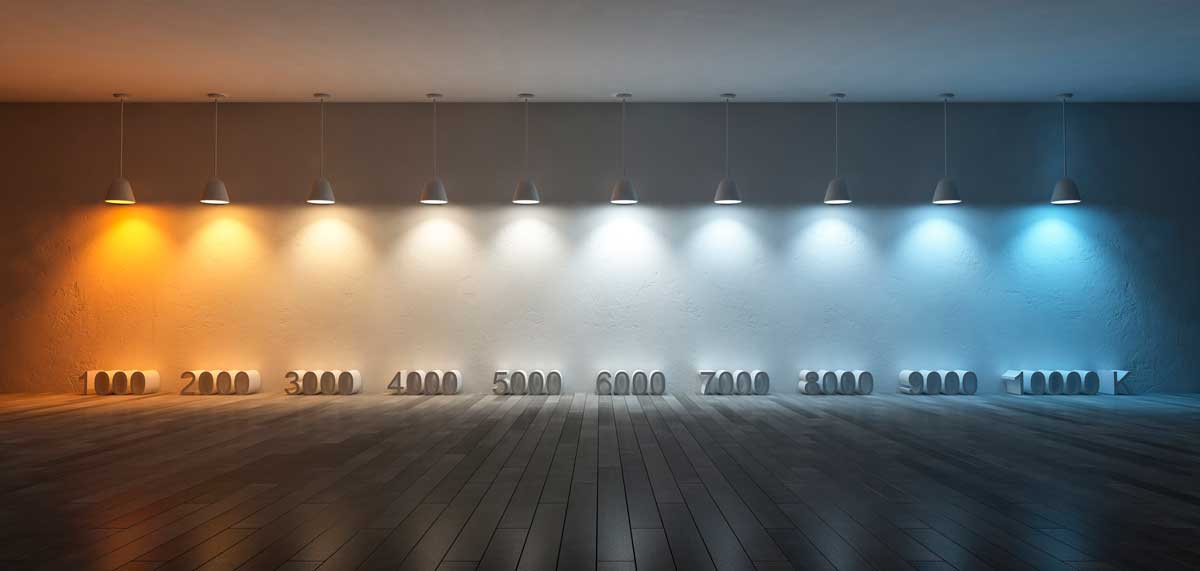
Light quality, a nuanced and intricate facet of illumination, extends beyond the simple act of brightening a space, delving into a realm where aesthetics, functionality, and human experience converge. It is an encompassing term that encapsulates a spectrum of characteristics, each playing a crucial role in shaping the ambiance and visual perception within a given environment.
At its core, light quality is intricately tied to color temperature, a defining element that dictates the warmth or coolness of light. Lower color temperatures, reminiscent of a candlelit glow, evoke a sense of comfort and intimacy, while higher color temperatures, akin to daylight, introduce a crisp and invigorating atmosphere.
Interwoven with color temperature is the Color Rendering Index (CRI), a metric measuring the accuracy with which a light source reproduces the true colors of objects. In spaces where color fidelity is paramount, such as art studios or retail environments, a high CRI ensures that the subtle nuances and vibrant tones are faithfully represented, enriching the visual experience and contributing to a more immersive environment.
Lumens, the quantitative measure of brightness, emerge as the silent architects of visibility and functionality. Their orchestration ensures that the lighting meets the demands of a space. Task-oriented areas require a higher lumen output, fostering an environment conducive to productivity, while ambient spaces benefit from a softer luminance, creating a serene and inviting atmosphere.
Uniformity, a key aspect of light quality, orchestrates the seamless distribution of light, banishing shadows and disparities. Flicker and glare, disruptive elements, are mitigated through high-quality lighting design, enhancing visual comfort. The directionality and distribution of light contribute to spatial aesthetics, accentuating focal points and transforming spaces into visually cohesive environments.
Dynamic lighting, the pinnacle of light quality, integrates technological advancements to allow adaptive changes in color and intensity. This flexibility caters to diverse tasks and moods, adding a layer of versatility to the relationship between light and environment. In essence, light quality is a harmonious interplay of color, brightness, distribution, and adaptability, shaping the aesthetic, functional, and emotional dimensions of our illuminated surroundings. It stands as a testament to the intricate synergy between technology, design, and human experience in the realm of illumination.
In conclusion, light quality is an art form, shaping our sensory experience. From color temperature to color rendering, lumens, and minimizing flicker and glare, it intricately enhances the aesthetic, functional, and emotional dimensions of our illuminated spaces
